Home>Maintenance & Safety>Child & Elderly Safety at Home>What Is A Sippy Cup?
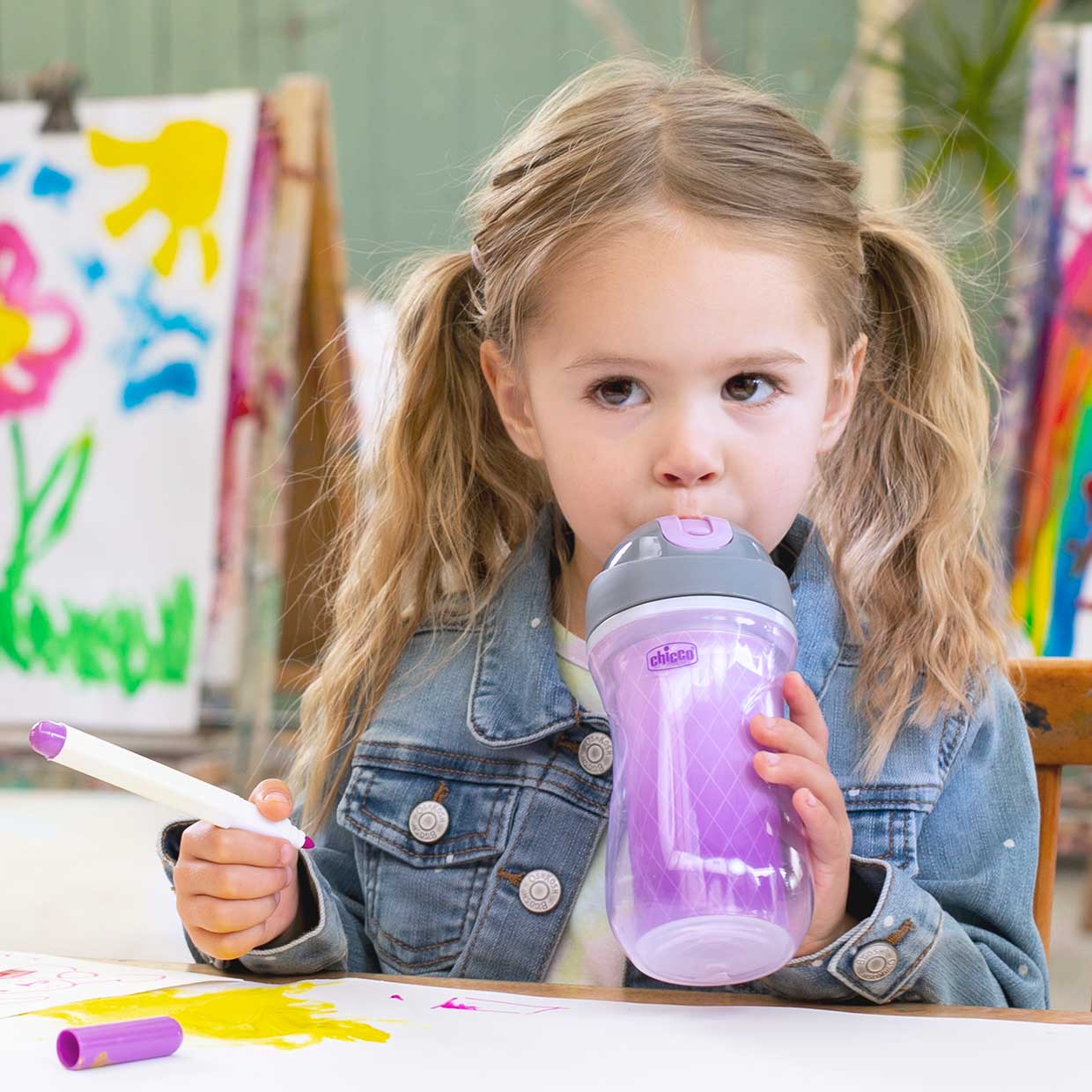

Child & Elderly Safety at Home
What Is A Sippy Cup?
Modified: August 17, 2024
Discover the importance of child and elderly safety at home with the use of sippy cups. Learn how these cups can prevent spills and promote independence.
(Many of the links in this article redirect to a specific reviewed product. Your purchase of these products through affiliate links helps to generate commission for Storables.com, at no extra cost. Learn more)
Introduction
Sippy cups are a staple in many households with young children, serving as a transitional tool between bottle or breast feeding and drinking from a regular cup. These spill-proof vessels are designed to help toddlers and young children learn to drink independently while minimizing the mess often associated with this developmental stage. While sippy cups have become ubiquitous in modern parenting, it's important to understand their history, purpose, types, benefits, and safety considerations to make informed choices for your child's well-being.
Sippy cups come in a variety of shapes, sizes, and materials, catering to the diverse needs of growing children. Understanding the evolution of sippy cups, their intended purpose, and the potential safety considerations associated with their use is crucial for parents and caregivers. As we delve into the world of sippy cups, we'll explore their history, the benefits they offer, and the best practices for introducing and transitioning from these beloved vessels.
Key Takeaways:
- Sippy cups help kids learn to drink independently, minimize spills, and provide comfort during the transition from bottle or breast feeding. They come in various types to suit different needs and preferences.
- Parents should introduce sippy cups around 6-9 months, observe readiness cues, and transition to regular cups gradually. Safety measures include choosing BPA-free materials, maintaining spill-proof functionality, and supervising usage.
Read more: How Old For A Sippy Cup?
History of Sippy Cups
The history of sippy cups dates back to the early 1980s when they were first introduced as spill-proof drinking vessels for toddlers and young children. Prior to the invention of sippy cups, parents relied on open cups or bottles to facilitate the transition from breast or bottle feeding to independent drinking. However, these traditional options often led to spills and messes, prompting the need for a more practical solution.
The initial sippy cup design featured a spout or straw-like extension, allowing children to drink without the risk of spilling. Over time, advancements in materials and design led to the development of more ergonomic and child-friendly sippy cups. Manufacturers began producing sippy cups in various shapes, sizes, and colors, catering to the preferences of both children and parents.
The introduction of sippy cups revolutionized the process of teaching young children to drink independently while minimizing the associated mess. This innovation not only provided a practical solution for parents but also contributed to the development of children's motor skills and self-sufficiency.
As the demand for sippy cups grew, manufacturers focused on enhancing the safety and functionality of these products. BPA-free materials, improved spill-proof mechanisms, and easy-to-clean designs became standard features, addressing concerns related to child safety and hygiene.
In recent years, the market has witnessed a surge in eco-friendly and sustainable sippy cup options, aligning with the growing emphasis on environmental consciousness. These cups are often made from non-toxic, biodegradable materials, offering a safer and more eco-conscious alternative for parents and caregivers.
The evolution of sippy cups reflects a commitment to meeting the needs of both children and parents, emphasizing safety, functionality, and convenience. While the basic concept of sippy cups remains unchanged, ongoing innovations continue to shape the landscape of child-friendly feeding products, ensuring that sippy cups remain a valuable tool in early childhood development.
Understanding the historical context of sippy cups provides insight into their evolution and the considerations that have shaped their design and functionality. This knowledge is essential for parents and caregivers seeking to make informed choices when selecting the most suitable sippy cup for their child.
Purpose of Sippy Cups
Sippy cups serve a crucial developmental purpose for young children as they transition from bottle or breast feeding to drinking from a regular cup. These spill-proof vessels are designed to facilitate the gradual shift towards independent drinking, allowing children to practice their motor skills and coordination while minimizing the potential for spills and messes. The primary purpose of sippy cups can be further elucidated through the following key points:
1. Developmental Transition:
Sippy cups play a pivotal role in the developmental journey of toddlers and young children. As they outgrow the need for bottle or breast feeding, sippy cups provide a familiar yet progressive alternative. By offering a vessel that is easier to handle than a regular cup and less prone to spills, sippy cups empower children to develop the necessary motor skills and coordination required for independent drinking.
2. Spill Prevention:
One of the primary purposes of sippy cups is to minimize spills and messes during the learning phase of independent drinking. The spill-proof design of sippy cups allows children to practice sipping and tipping without the risk of significant spills, providing a sense of security and confidence as they navigate this new skill.
Read more: Which Sippy Cup Is Best For Teeth?
3. Gradual Independence:
Sippy cups serve as a transitional tool, allowing children to gradually gain independence in their feeding routine. By providing a vessel that is easier to grip and control compared to a regular cup, sippy cups empower children to take charge of their hydration without the constant need for adult assistance.
4. Hydration Practice:
Through the use of sippy cups, children learn the fundamental concept of hydration and the act of drinking from a vessel. This practice not only nurtures their physical development but also instills healthy hydration habits from an early age, emphasizing the importance of staying adequately hydrated throughout the day.
5. Comfort and Familiarity:
Sippy cups often become a source of comfort and familiarity for young children, offering a sense of security during the transition from bottle or breast feeding. The familiarity of the spout or straw-like extension provides a reassuring link to their previous feeding experiences, easing the shift towards independent drinking.
In essence, the purpose of sippy cups extends beyond mere convenience; it encompasses the facilitation of crucial developmental milestones, the nurturing of independence, and the promotion of healthy hydration habits. Understanding the multifaceted purpose of sippy cups is essential for parents and caregivers as they navigate the array of options available, ensuring that the chosen sippy cup aligns with the developmental needs and safety considerations of their child.
Types of Sippy Cups
Sippy cups come in a diverse range of types, each tailored to accommodate the varying needs and preferences of children and parents. Understanding the different types of sippy cups is essential for selecting the most suitable option for your child. Here are the common types of sippy cups available in the market:
-
Spout Sippy Cups: These traditional sippy cups feature a spout-like extension, allowing children to sip liquids without spills. The spout is often made from soft, silicone-like material, providing a gentle transition from bottle feeding while promoting independent drinking.
-
Straw Sippy Cups: Straw sippy cups are designed with a straw-like spout, offering an alternative drinking method for children who may prefer or require a different oral posture. The straw design encourages tongue and lip coordination while minimizing the risk of spills.
-
360-Degree Sippy Cups: These innovative sippy cups feature a rimless design, allowing children to drink from any edge of the cup. The spill-proof technology activates when the child applies pressure to the rim, creating a seal that prevents liquid from spilling out, providing a more natural drinking experience.
-
Transition Sippy Cups: As the name suggests, transition sippy cups are specifically designed to aid the transition from bottle or breast feeding to independent drinking. These cups often feature removable handles, interchangeable spouts, and adjustable flow rates, catering to the evolving needs of growing children.
-
Insulated Sippy Cups: Insulated sippy cups are equipped with double-walled construction to keep beverages at the desired temperature for an extended period. This feature is particularly beneficial for parents who want to maintain the temperature of the drink, whether it's cold milk or a warm beverage.
-
Convertible Sippy Cups: These versatile sippy cups can be transformed into regular cups as children progress in their drinking skills. Convertible cups often feature detachable lids and spouts, allowing for a seamless transition to open cups when the child is ready.
-
Weighted Sippy Cups: Designed with a weighted base, these sippy cups provide stability and help children master the tipping and tilting motion required for drinking from a regular cup. The added weight at the base prevents the cup from easily tipping over, promoting confidence and control during the learning process.
-
Eco-Friendly Sippy Cups: With a growing emphasis on sustainability, eco-friendly sippy cups are crafted from non-toxic, biodegradable materials, offering a safer and more environmentally conscious option for parents who prioritize eco-friendly products.
Understanding the diverse types of sippy cups empowers parents and caregivers to make informed choices based on their child's developmental stage, preferences, and specific needs. By selecting the most suitable type of sippy cup, parents can support their child's transition to independent drinking while prioritizing safety, functionality, and overall well-being.
Benefits of Using Sippy Cups
Sippy cups offer a myriad of benefits for both children and parents, making them a valuable tool in the developmental journey of young ones. Understanding these benefits is essential for appreciating the role of sippy cups in nurturing independence, promoting healthy habits, and minimizing potential challenges associated with the transition to independent drinking.
1. Developmental Support:
Sippy cups provide crucial support for children as they develop the motor skills and coordination necessary for independent drinking. The spill-proof design allows children to practice tipping and sipping without the fear of significant spills, fostering confidence and autonomy in their feeding routine.
2. Minimized Mess:
One of the primary benefits of sippy cups is the reduction of spills and messes during the learning phase of independent drinking. This not only eases the cleaning burden for parents but also creates a more controlled and comfortable environment for children to explore and refine their drinking skills.
3. Hydration Promotion:
By using sippy cups, children learn the importance of hydration and establish healthy drinking habits from an early age. The accessibility and spill-proof nature of sippy cups encourage children to stay adequately hydrated throughout the day, supporting their overall well-being and development.
Read more: When To Start Straw Sippy Cup
4. Independence Encouragement:
Sippy cups play a pivotal role in fostering independence among children, allowing them to take charge of their hydration without constant adult assistance. This gradual shift towards self-sufficiency instills a sense of accomplishment and empowerment in children as they master the art of independent drinking.
5. Comfort and Familiarity:
Sippy cups often become a source of comfort and familiarity for young children, offering a reassuring link to their previous feeding experiences. The familiar spout or straw-like extension provides a sense of security during the transition from bottle or breast feeding, easing the adjustment to independent drinking.
6. Convenience for Parents:
For parents, sippy cups offer convenience and peace of mind, especially in environments where spills and messes are less than ideal. Whether at home, in the car, or during outdoor activities, sippy cups provide a practical solution for keeping children hydrated without the constant worry of spills.
7. Transition Preparation:
Sippy cups serve as a preparatory tool for the eventual transition to drinking from a regular cup. By gradually introducing children to the concept of independent drinking through sippy cups, parents lay a strong foundation for a smooth and confident transition to open cups in the future.
In essence, the benefits of using sippy cups extend beyond spill prevention; they encompass developmental support, independence encouragement, and the promotion of healthy hydration habits. By recognizing and leveraging these benefits, parents can effectively support their child's developmental milestones while nurturing a sense of autonomy and confidence in their feeding routine.
Read more: How To Use A Nuby Sippy Cup
When to Introduce a Sippy Cup
Introducing a sippy cup is a significant milestone in a child's developmental journey, marking the transition from bottle or breast feeding to independent drinking. While the timing of this introduction may vary for each child, there are general guidelines to consider when determining the appropriate age and developmental stage for sippy cup introduction.
Around the age of 6 to 9 months, many infants begin to show signs of readiness for sippy cup introduction. At this stage, they have likely developed the motor skills required to hold objects and bring them to their mouths. Additionally, as they become more curious and eager to explore their surroundings, the introduction of a sippy cup aligns with their growing independence and desire to imitate adult behaviors.
It's important to observe your child's readiness cues, such as reaching for objects, showing interest in drinking from a cup, and displaying improved hand-eye coordination. These indicators signal that your child may be prepared to transition to a sippy cup.
For some children, the introduction of a sippy cup may occur closer to 12 months of age, coinciding with the gradual reduction of bottle or breast feeding. As they become more adept at sitting independently and demonstrating increased dexterity, they are better equipped to handle a sippy cup with minimal assistance.
It's crucial to approach the introduction of a sippy cup with patience and encouragement, allowing your child to familiarize themselves with the new drinking vessel at their own pace. Offering small amounts of water or breast milk in the sippy cup during meal times or play sessions provides opportunities for your child to practice using the cup while staying hydrated.
As children approach the age of 1 year, the sippy cup can become a regular part of their daily routine, complementing their growing independence and motor skills. By this stage, most children have developed the coordination and oral motor control necessary to effectively use a sippy cup, marking a significant step towards self-sufficiency in their feeding habits.
Ultimately, the decision to introduce a sippy cup should be guided by your child's individual readiness and developmental progress. By recognizing their cues and offering gentle support, you can facilitate a smooth and successful transition to independent drinking, nurturing their growing autonomy and confidence along the way.
Transitioning from Sippy Cup to Regular Cup
Transitioning from a sippy cup to a regular cup is a significant milestone in a child's developmental journey, marking their progression towards independent drinking and self-sufficiency. This transition represents a pivotal moment where children further refine their motor skills, coordination, and oral motor control, laying the groundwork for confident and proficient drinking from an open cup.
As children grow and their abilities evolve, the gradual shift from sippy cups to regular cups becomes a natural progression. While there is no fixed timeline for this transition, it is essential to observe your child's readiness cues and provide the necessary support and encouragement as they embark on this developmental phase.
The following strategies can facilitate a smooth and successful transition from sippy cup to regular cup:
1. Introduction of Open Cups:
Introduce small, child-friendly open cups to familiarize your child with the concept of drinking without a spout or straw. Opt for cups with sturdy bases and easy-to-grip handles, promoting stability and control during the learning process.
2. Practice with Small Sips:
Encourage your child to take small sips from the open cup, initially offering familiar beverages such as water or diluted juice. This allows them to practice the tipping and sipping motion while adjusting to the absence of a spill-proof mechanism.
Read more: How To Teach A Baby To Use A Sippy Cup
3. Supervised Guidance:
Provide hands-on support and guidance as your child navigates the open cup. Assisting them in holding the cup, maintaining a steady grip, and tilting it at the appropriate angle fosters confidence and reassurance during this transitional phase.
4. Gradual Transition:
Gradually incorporate the use of open cups into your child's daily routine, particularly during meal times and snack breaks. Consistent exposure to open cups allows children to acclimate to this new drinking method and reinforces their growing independence.
5. Positive Reinforcement:
Offer praise and positive reinforcement as your child makes progress in using the open cup. Celebrate their efforts and achievements, emphasizing the significance of this developmental milestone and instilling a sense of pride in their accomplishments.
6. Patience and Support:
Approach the transition with patience and understanding, acknowledging that each child progresses at their own pace. Providing a supportive and nurturing environment encourages children to embrace this new skill with confidence and enthusiasm.
By implementing these strategies and maintaining a supportive approach, parents can effectively guide their children through the transition from sippy cup to regular cup. This process not only nurtures their physical development but also cultivates a sense of autonomy and mastery, setting the stage for confident and proficient drinking from open cups in the future.
Understanding the significance of this transition and offering the necessary support empowers children to embrace new challenges and accomplishments, fostering a positive and enriching developmental experience.
Safety Considerations for Sippy Cups
Ensuring the safety of sippy cups is paramount in safeguarding the well-being of young children. While these spill-proof vessels offer numerous developmental benefits, it is essential for parents and caregivers to be mindful of safety considerations to mitigate potential risks and promote a secure drinking experience for children.
Material Safety:
When selecting a sippy cup, prioritizing materials that are free from harmful substances such as BPA, phthalates, and PVC is crucial. Opting for BPA-free, food-grade plastic, stainless steel, or silicone sippy cups helps minimize the risk of chemical leaching and ensures that the vessel is safe for children to use.
Spill-Proof Mechanism:
While spill-proof design is a defining feature of sippy cups, it is important to regularly inspect the spill-proof mechanism to ensure its integrity. Damaged or worn-out components may compromise the effectiveness of the spill-proof feature, potentially leading to leaks or spills. Regular maintenance and replacement of worn parts are essential for upholding the spill-proof functionality.
Cleaning and Hygiene:
Maintaining sippy cups in a clean and hygienic condition is vital for preventing bacterial growth and contamination. Removable parts, such as spouts and valves, should be thoroughly cleaned and sanitized after each use. Additionally, opting for sippy cups with dishwasher-safe components streamlines the cleaning process and promotes consistent hygiene practices.
Read more: How To Use Tommee Tippee Sippy Cup
Supervision during Use:
While sippy cups are designed to minimize spills, it is important to supervise children during sippy cup usage, especially with younger toddlers. This supervision helps ensure that children are using the sippy cup appropriately and reduces the likelihood of accidental misuse or mishandling.
Proper Assembly and Use:
Following the manufacturer's guidelines for assembly and usage is imperative for maximizing the safety of sippy cups. Ensuring that all components are securely attached, lids are properly sealed, and spouts/straws are correctly positioned reduces the risk of potential choking hazards or leaks.
Age-Appropriate Design:
Selecting sippy cups that are specifically designed for the appropriate age range of the child is essential. Age-appropriate designs consider developmental stages and oral motor skills, promoting safe and effective use of the sippy cup while aligning with the child's capabilities.
Transition to Open Cups:
As children progress in their drinking skills, it is important to initiate the transition from sippy cups to open cups at the appropriate time. Gradually introducing open cups allows children to further refine their drinking abilities and promotes the development of advanced motor skills and coordination.
By prioritizing safety considerations and implementing best practices, parents and caregivers can ensure that sippy cups serve as a safe and beneficial tool in supporting children's developmental milestones and fostering independence in their feeding routine. Regular assessment of sippy cup safety, coupled with attentive supervision and maintenance, contributes to a secure and nurturing drinking experience for young children.
Read more: How Does A Munchkin Sippy Cup Work?
Conclusion
In conclusion, sippy cups play a pivotal role in the developmental journey of young children, offering a practical and supportive tool for the transition from bottle or breast feeding to independent drinking. The evolution of sippy cups, from traditional spill-proof designs to innovative and eco-friendly options, reflects a commitment to meeting the diverse needs of children while prioritizing safety and functionality.
The multifaceted purpose of sippy cups encompasses developmental support, spill prevention, independence encouragement, and the promotion of healthy hydration habits. By recognizing the benefits of sippy cups, parents and caregivers can effectively nurture their child's autonomy and confidence while minimizing potential challenges associated with the transition to independent drinking.
Understanding the diverse types of sippy cups empowers parents to make informed choices based on their child's developmental stage, preferences, and specific needs. Whether opting for spout, straw, 360-degree, or eco-friendly sippy cups, the selection process is guided by a commitment to supporting children's developmental milestones and overall well-being.
The timing of sippy cup introduction and the subsequent transition to regular cups are significant considerations that align with each child's unique readiness and developmental progress. By observing readiness cues and providing gentle support, parents can facilitate a smooth and successful transition, nurturing their child's growing autonomy and confidence in their feeding routine.
Safety considerations for sippy cups are paramount in safeguarding the well-being of young children. Prioritizing material safety, spill-proof functionality, hygiene practices, and age-appropriate designs ensures that sippy cups provide a secure and nurturing drinking experience for children.
As children progress in their drinking skills, the gradual transition from sippy cups to regular cups marks a significant milestone in their journey towards confident and proficient independent drinking. By implementing supportive strategies and maintaining a patient approach, parents can guide their children through this developmental phase, fostering a positive and enriching experience.
In essence, sippy cups serve as more than spill-proof vessels; they embody a commitment to nurturing independence, promoting healthy habits, and prioritizing the well-being of young children. By embracing the multifaceted role of sippy cups and integrating safety considerations, parents and caregivers can ensure that sippy cups remain a valuable and supportive tool in the developmental landscape of early childhood.
Frequently Asked Questions about What Is A Sippy Cup?
Was this page helpful?
At Storables.com, we guarantee accurate and reliable information. Our content, validated by Expert Board Contributors, is crafted following stringent Editorial Policies. We're committed to providing you with well-researched, expert-backed insights for all your informational needs.
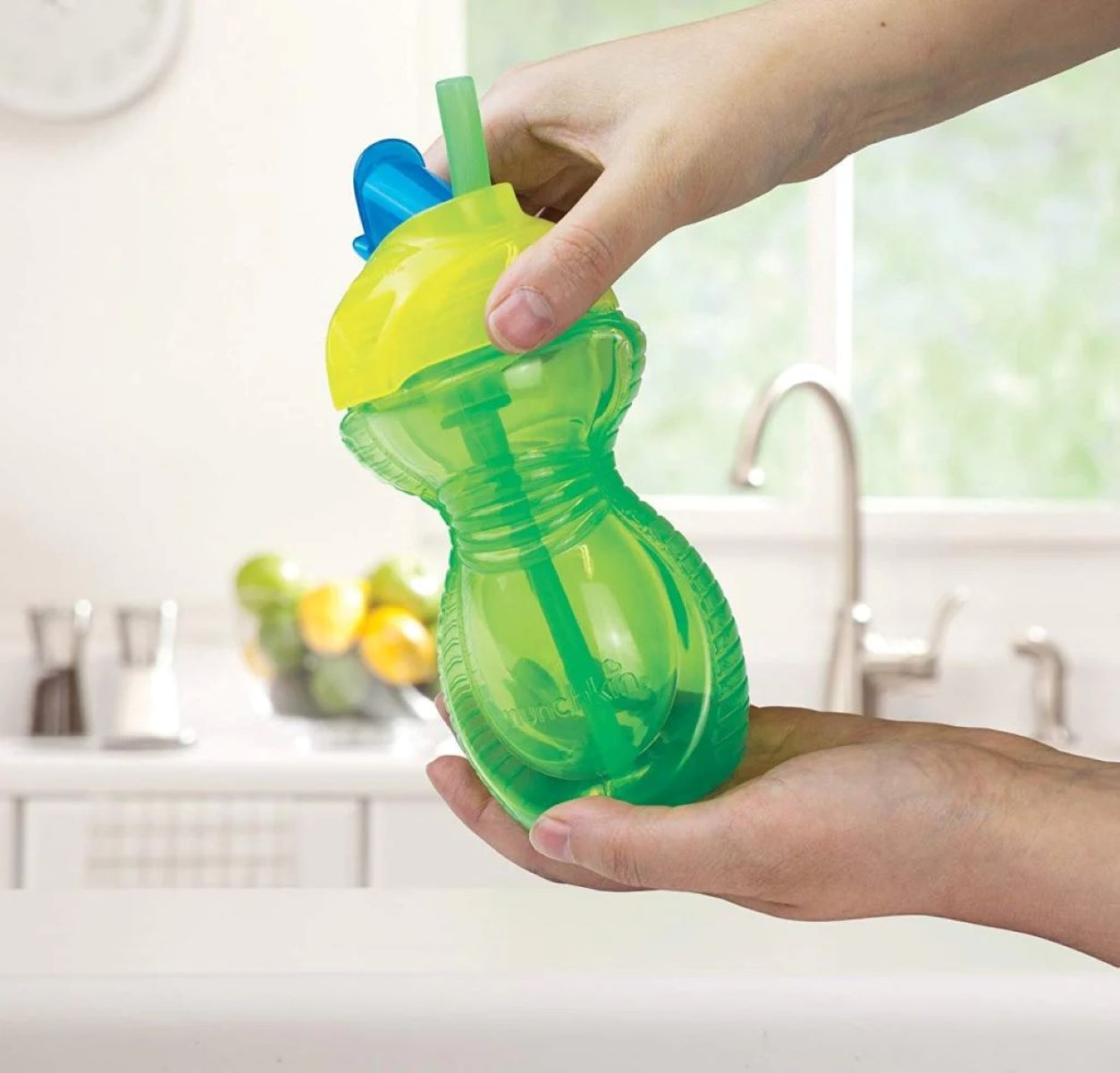
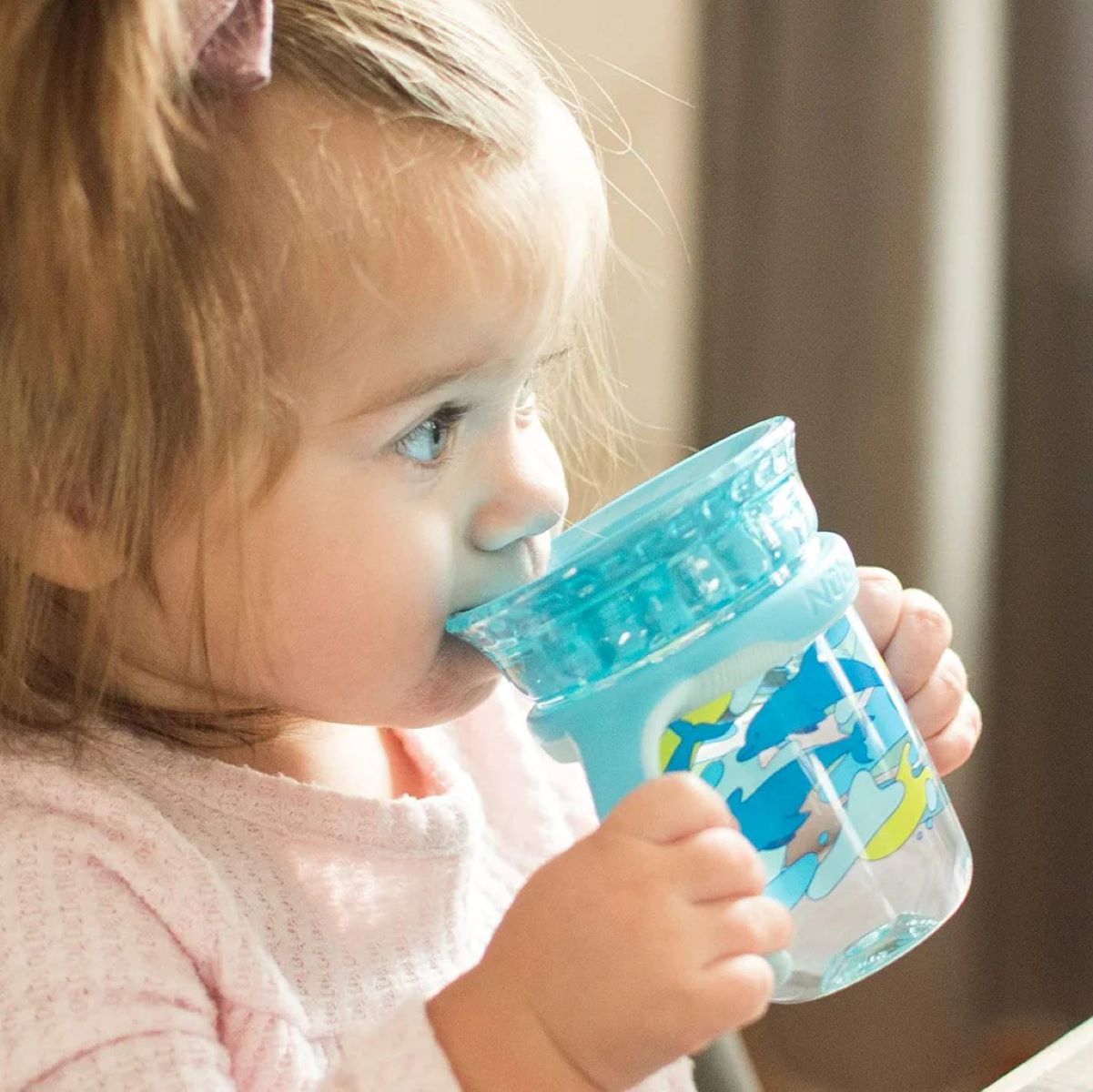
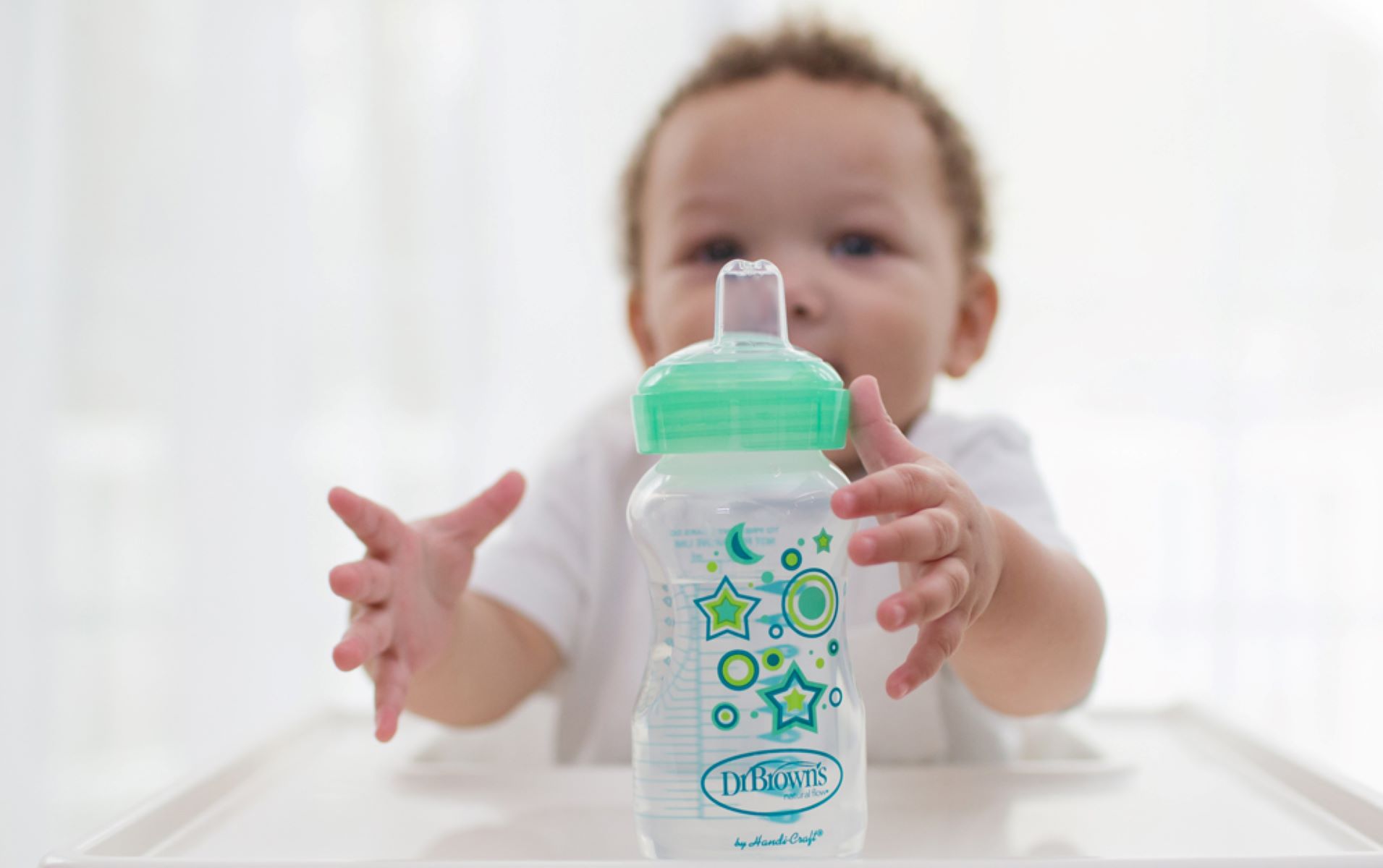
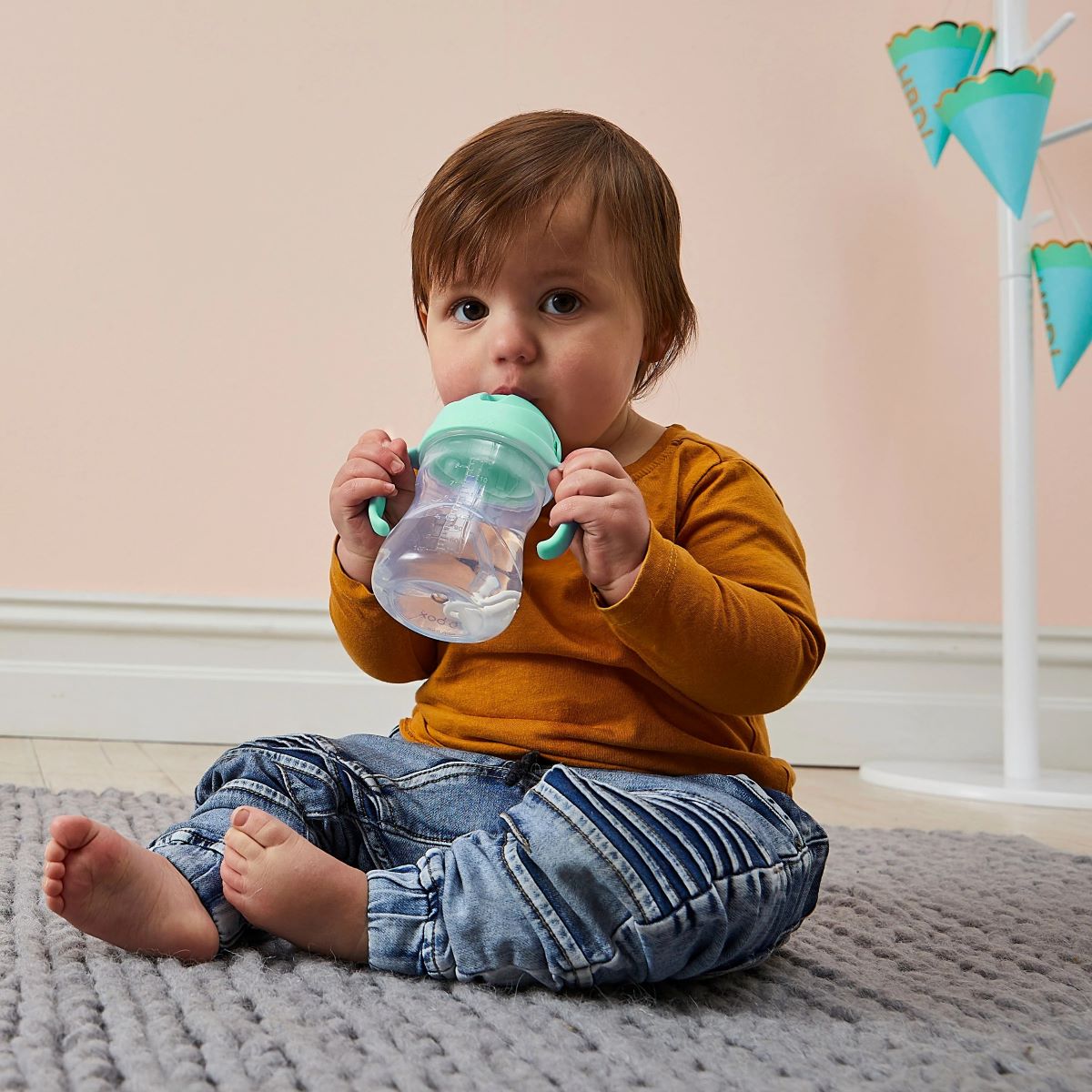
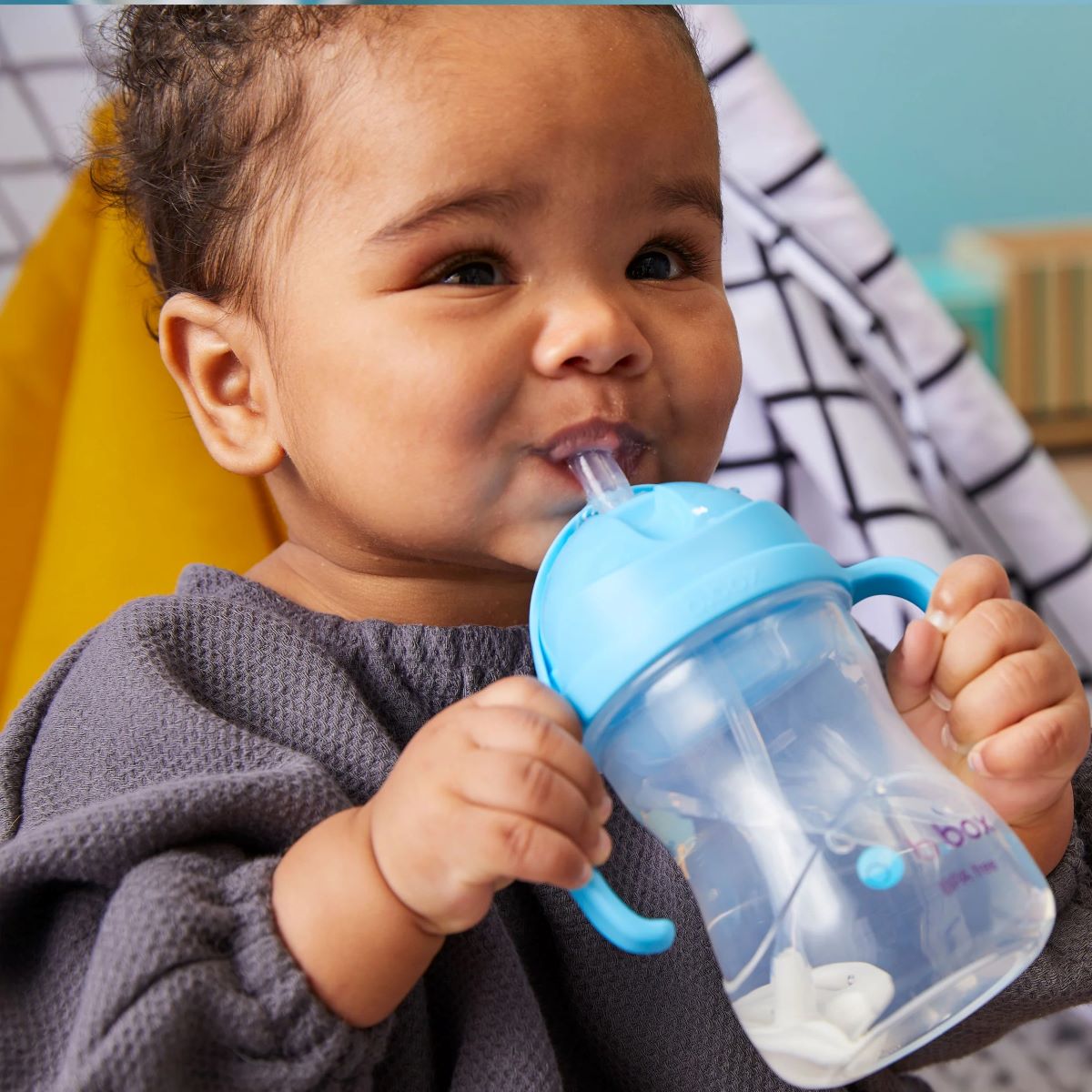
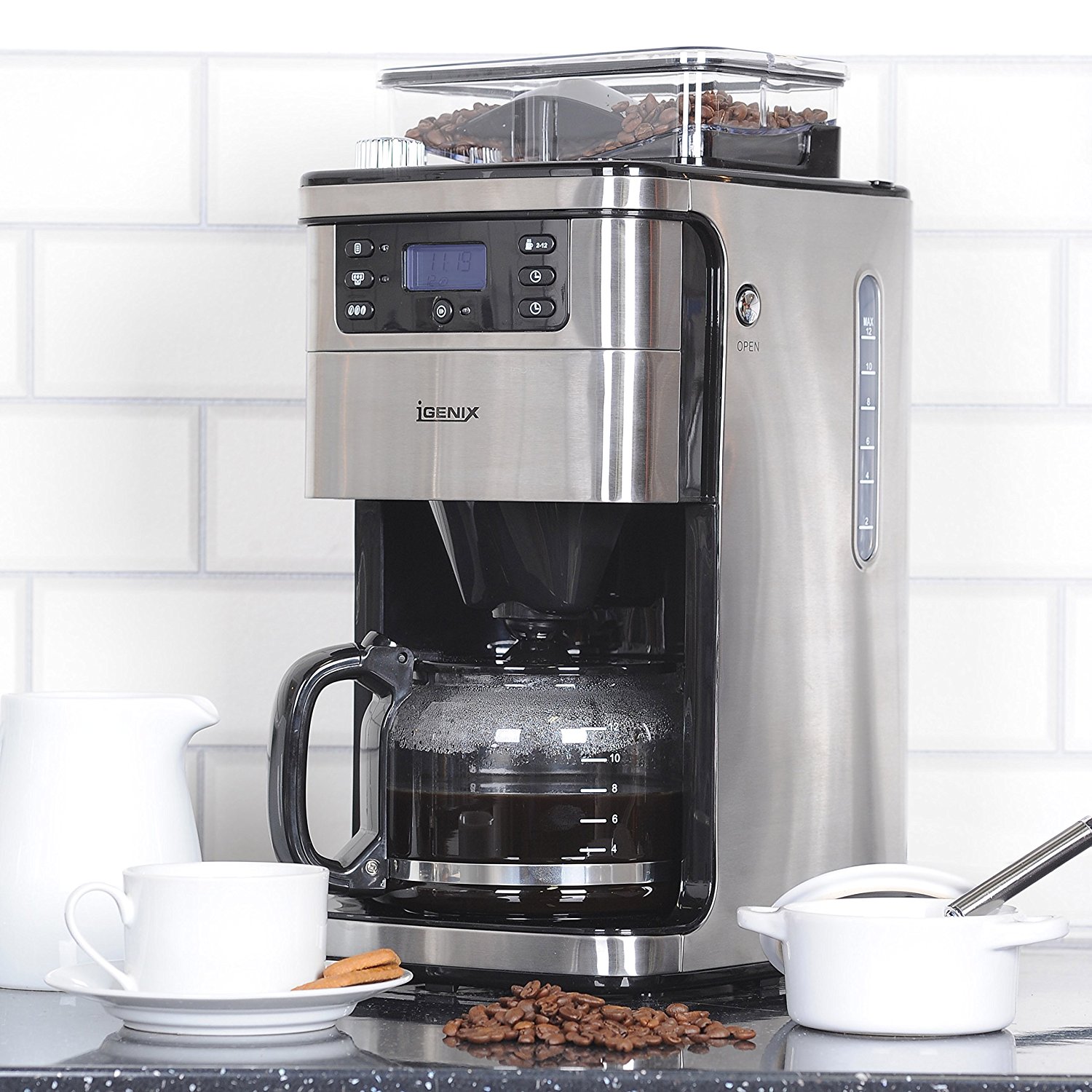


0 thoughts on “What Is A Sippy Cup?”